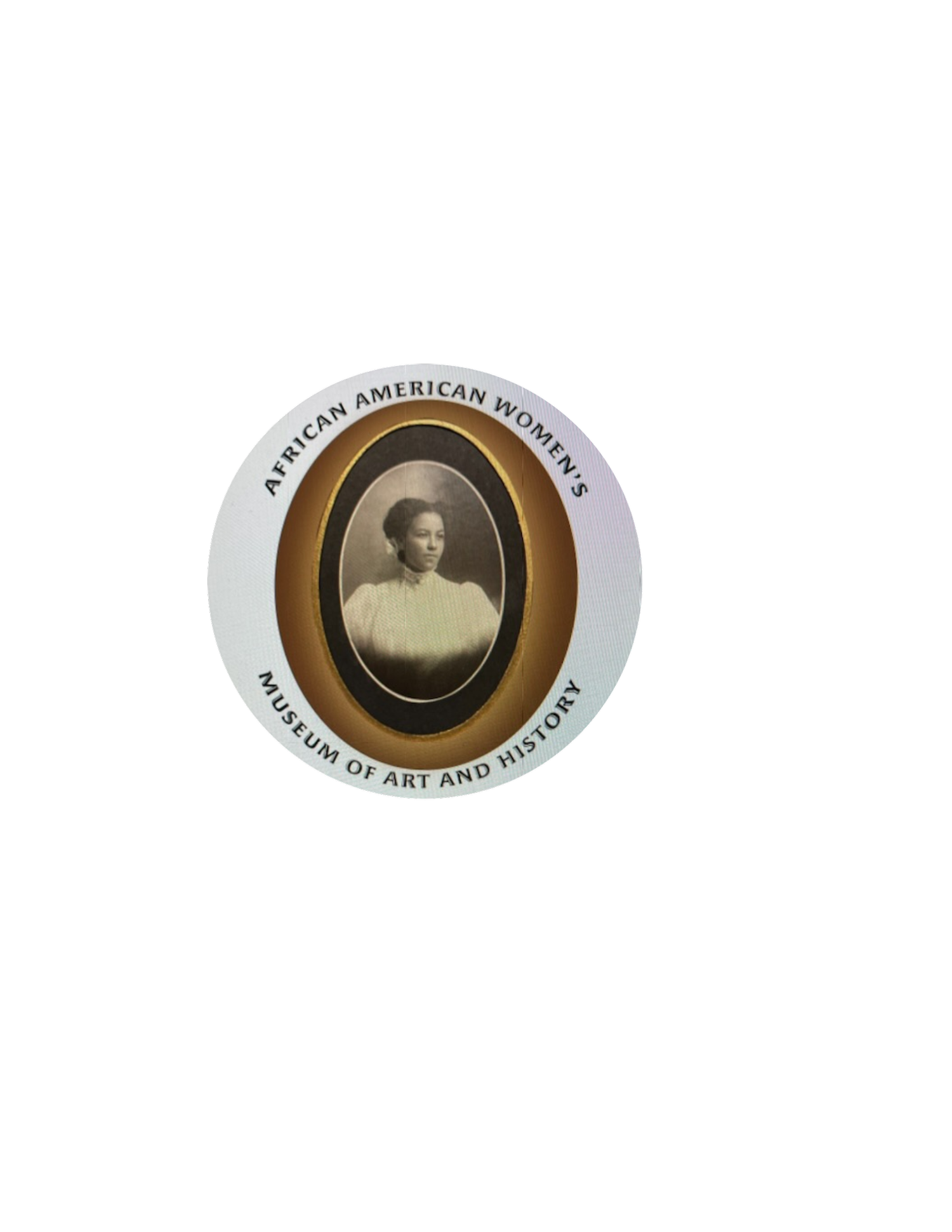African American Women’s Museum of Arts and History
About Us
The African-American Women’s Museum was founded out of a desire to share stories of trailblazing women with a focus on Women of Petersburg, Virginia and the nations. Our aim is to provide a place for the community to learn about African-American women’s history which will include pre- and post-civil war accounts. The museum will explore themes such as survival and separation of the family, the cultural evolution of hair styles, clothing, the interdependence of educational institutions dedicated to African American intellectual achievement and the formation of sororities, civic organizations that supported and created bonds, for the uplift of a culture and encourage of community involvement.
Mission
To provide an opportunity for the community to learn about African-American women who transformed lives through small and large contributions that have made a significant impact in their communities. These contributions from all walks of life, careers and community involvement were designed to improve the lives of citizens. We will collect these stories to preserve them for generations to come.
Vision
Build a place where citizens can come to discover and reflect on the history of trailblazing women.
Mary Elizabeth Bowser was born on the Van Lew plantation around 1839 and worked as a slave there. Elizabeth Van Lew, her owner, had freed Bowser when her father past away. Mary remained with the Van Lew family as a paid servant after she was freed. Elizabeth then sent Mary to a Quaker School for Negroes. After Mary graduated, she married a free black man named William Bowser.
Shortly after the war had broken out, Van Lew heard of an opening for a servant in the home of Confederate president, Jefferson Davis. Van Lew made arrangements for Bowser to fill the position as the servant and this is how Mary Elizabeth Bowser started her career as a Union spy.
Frances Ellen Watkins Harper was an American abolitionist, suffragist, poet, temperance activist, teacher, public speaker, and writer. Beginning in 1845, she was one of the first African-American women to be published in the United States.
Mary Burnett Talbert was an American orator, activist, suffragist and reformer. In 2005, Talbert was inducted into the National Women's Hall of Fame
Mary Church Terrell was one of the first African-American women to earn a college degree, and became known as a national activist for civil rights and suffrage. She taught in the Latin Department at the M Street School —the first African American public high school in the nation—in Washington, DC.
Harriet Tubman (left) and Elizabeth Keckley (right)
Harriet Tubman was an American abolitionist and social activist. Born into slavery, Tubman escaped and subsequently made some 13 missions to rescue approximately 70 slaves, including family and friends, using the network of antislavery activists and safe houses known as the Underground Railroad.
Elizabeth Hobbs Keckley was an American seamstress, activist, and writer who lived in Washington, D.C. She was best known as the personal dressmaker and confidante of Mary Todd Lincoln.
At the turn of the century, Maggie Lena Walker was one of the foremost female business leaders in the United States. She gained national prominence when she became the first woman to own a bank in the United States. Walker’s entrepreneurial skills transformed black business practices while also inspiring other women to enter the field.
Ida B. Wells was an American investigative journalist, educator, and early leader in the civil rights movement. She was one of the founders of the National Association for the Advancement of Colored People.
Women’s Club of Buffalo, New York, Library of Congress
From 1896 to 1914, it was known at the National Association of Colored Women (NACW).
The organization adopted the motto “Lifting As We Climb” as the organizers believed that by elevating the status of Black women, they could elevate the status of their communities. NACWC focused on job training, wage equity, and child care, supported women’s suffrage and opposed segregation and lynching. The Suffragist Mary Church Terrell became the organization’s first president.









